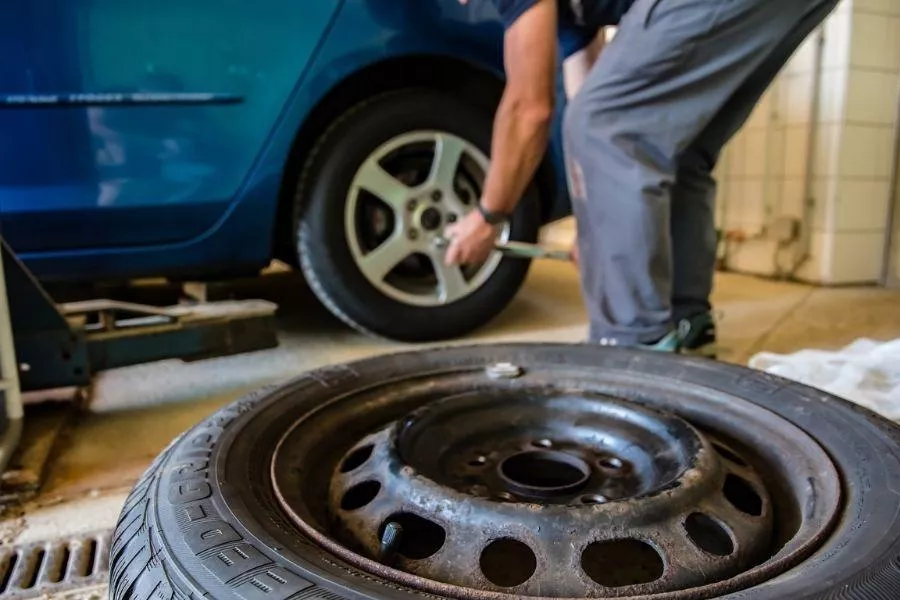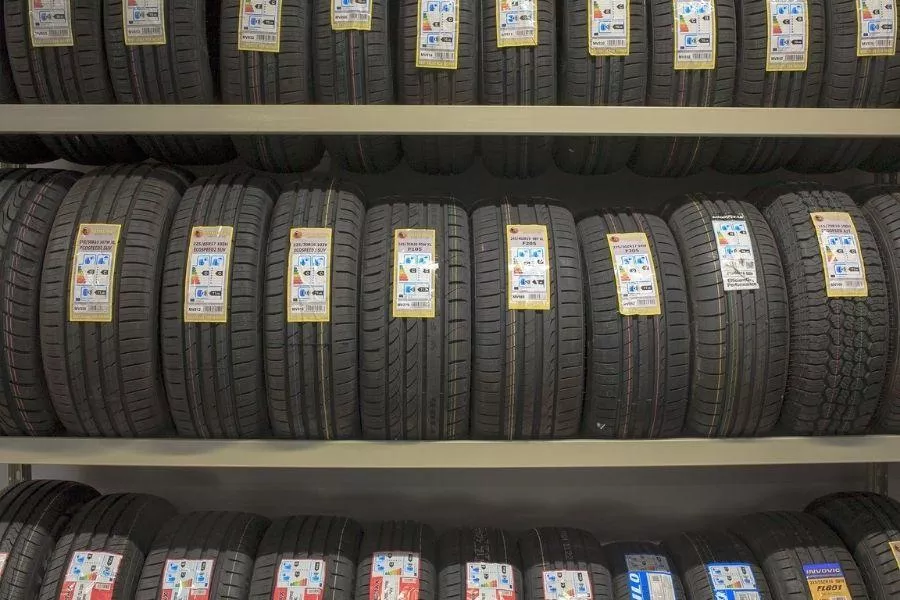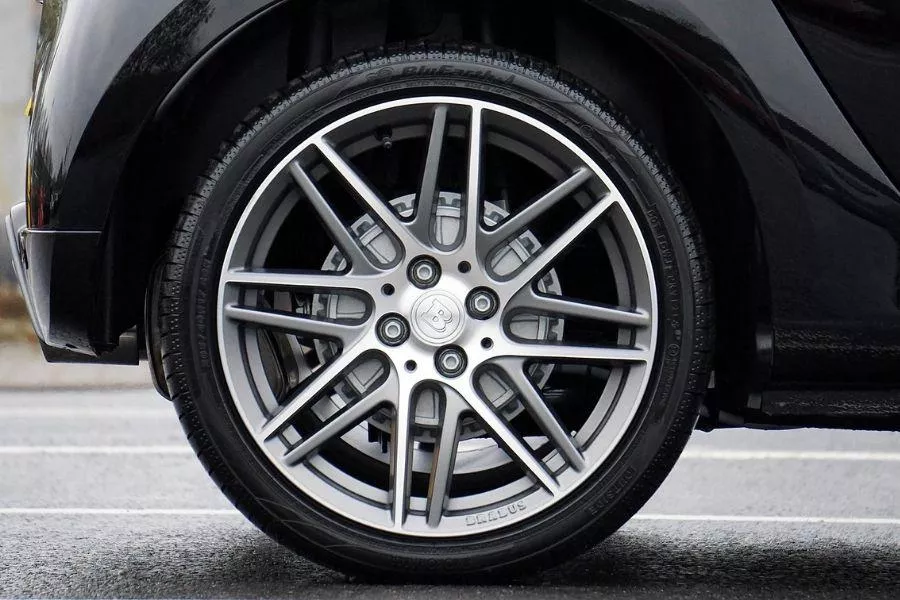When you buy a new car from the dealership, you rightfully expect it to be outfitted with the necessary equipment (based on the manufacturer’s specifications) that will enable it to run as smoothly as possible on the road. These include the tires.

A car will go through tire changes as a necessary part of maintenance
Since the tires are subject to friction as part of their purpose, eventually they will wear out and need replacement. Of course, there are instances when the tires need to be replaced sooner than you think, such as when they sustain damage to the sidewall. When either situation happens, you might be wondering if you should still get the same brand of tires that your car came with.
Remember that tires play a major role in your car’s driving dynamics. To that end, carmakers can be quite choosy in picking out the right original equipment manufacturer or OEM tires for a specific model. Luxury models will likely use tires that deliver a quiet ride, while cars engineered for fuel efficiency could come with tires that have low rolling resistance. The right set of tires can bring out the characteristics that a carmaker intended the car to have.

OEM tires fitted to your car are not always available
Ideally, replacing your car’s stock tires with the same brand is the closest thing to guaranteeing the same performance out of your vehicle as the day it rolled off the showroom. But it’s not a hard and fast rule, because there are several reasons why this isn’t always achievable.
For one thing, the original tire brand might not be readily available. You could also be facing budget constraints or are looking for something with a harder-wearing rubber compound. In those instances, there’s no harm in switching to a different brand of tire, so long as the replacement has the same size as well as a similar tread pattern, load capacity, and speed rating that comply with the car manufacturer’s specifications.

If a pair of new tires are all you can afford, make sure to mount them on the rear axle
It’s even possible to mix different brands and tread patterns, but the caveat here is that tires on a given axle must at least be the same. Simply speaking, the front and rear tires can differ from each other, provided that the tires on the front or rear axle are identical. Also, make sure to replace tires in pairs at the very least, and mount the newer tires at the rear.
Find more tips for beginner car owners at Philkotse.com.
Recent posts
- new cars overinflated tires Dec 13, 2021
- the right tires to get Oct 25, 2021
- Car Tires information what to buy Philippines Aug 18, 2023
- [Philkotse guide] Everything you need to know when having new tires Aug 09, 2022












